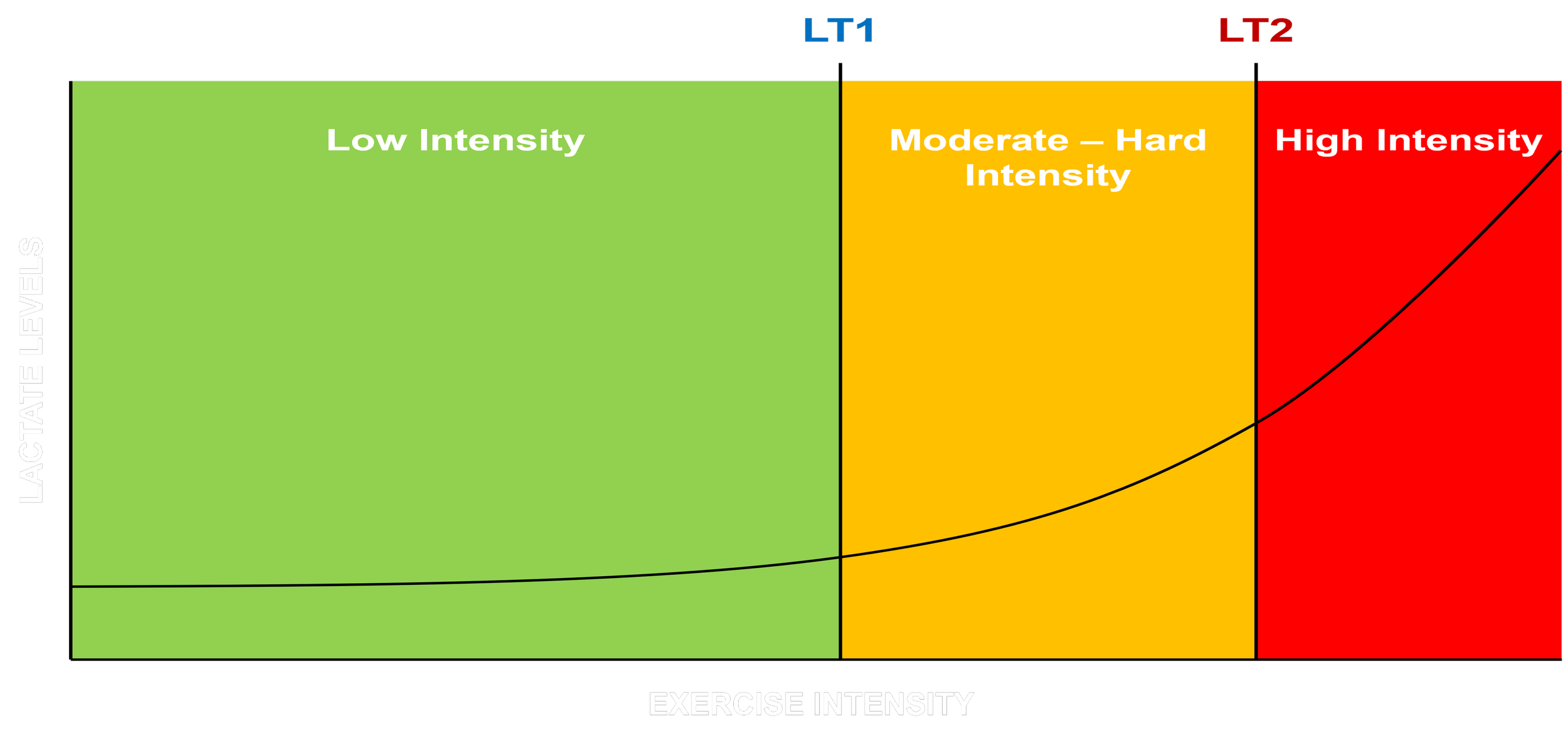Understanding the Three Energy Systems
We have three energy systems:
ATP-CP System – this is anaerobic and doesn’t utilize oxygen
Lactate System – this is anaerobic and doesn’t utilize oxygen
Aerobic System – this does utilize oxygen
Note: All three energy systems have countless names, so don’t get confused if someone refers to the ATP-CP system as the Creatine Phosphate or Phosphocreatine systems. In a training setting, we refer to activities as either anaerobic or aerobic.
The term “energy system” (bioenergetic systems) refers to metabolic processes (chemical processes) that create energy in the body. These energy systems produce energy at different speeds (power) for varying durations (capacity), and therefore, training can be tailored to target each system specifically.
Although we can target specific systems, the three energy systems will develop holistically. For example, when multiple sprints are performed (working within the anaerobic energy systems), aerobic fitness will improve because the aerobic system is working throughout the entire training session to replenish what has been used – do not see it as one system doing all the work, see it as one taking the lead.
Some sports emphasise the energy system that provides energy the fastest, such as track and field events like the shot put, while others require all three in varying amounts, such as boxing or football. Sports will often be biased towards one energy system, like a marathon runner, or that bias may change depending on the sporting situation.
The ATP-CP system has the highest power (produces energy the fastest) but the lowest capacity (can’t create energy for very long). In contrast, the aerobic system has the lowest power (produces energy the slowest) but the highest capacity (can produce energy for a long time). The lactate system is in the middle of the two: It produces energy fast and for much longer than the ATP-CP system, but it has nowhere near the aerobic system's capacity.
The Lactate threshold (often referred to as the anaerobic threshold, so named due to blood lactate levels being used to measure it, is the intensity at which the body transitions from primarily using the aerobic system to using the anaerobic lactate system, and therefore, waste products build up and performance diminishes – depending on genetics and an individual’s fitness levels, the LT is generally around 75-90% of max heart rate, but most commonly described as 85% of max heart rate.
We identify two lactate thresholds:
First Lactate Threshold (LT1): LT1 represents the exercise intensity at which lactate production starts to increase, but it is still effectively cleared by the body. At this point, the body predominantly relies on aerobic energy production (using oxygen) to meet the energy demands of the exercise. This is often referred to as the point where you transition from light to moderate exercise and can be referred to as the Aerobic Threshold.
Second Lactate Threshold (LT2) or Onset of Blood Lactate Accumulation (OBLA): LT2 is the exercise intensity beyond which lactate production exceeds the body's ability to clear it and is considered the Anaerobic Threshold. This is often considered a marker of the transition from aerobic to anaerobic metabolism. At LT2, there's a noticeable increase in blood lactate levels, accompanied by a significant increase in perceived exertion and a decrease in the ability to sustain the exercise intensity for an extended period.
In fitness racing, we spend much time at LT2 (working at threshold pace): We need Aerobic Power to sustain high-intensity exercise over longer durations through oxygen-dependent processes. However, many activities (lifting weights) will throw us over LT2, and it is common to finish races with very few heart rate spikes and a surprisingly high average heart rate.
Once we venture over LT2, our ability to sustain activity levels starts to diminish rapidly. If we venture too far across, we may burn out completely and be unable to recover—we have all been there, starting off too fast and regretting BIG TIME. This is why Aerobic Power is a key attribute for many athletes.
Aerobic power refers to the ability to produce energy quickly and hence maintain high intensities of work while remaining primarily within the aerobic system. In short, during a fitness race, if an athlete is able to work faster than you while remaining below LT2, then they will be able to maintain it and will be incredibly hard to beat.


